
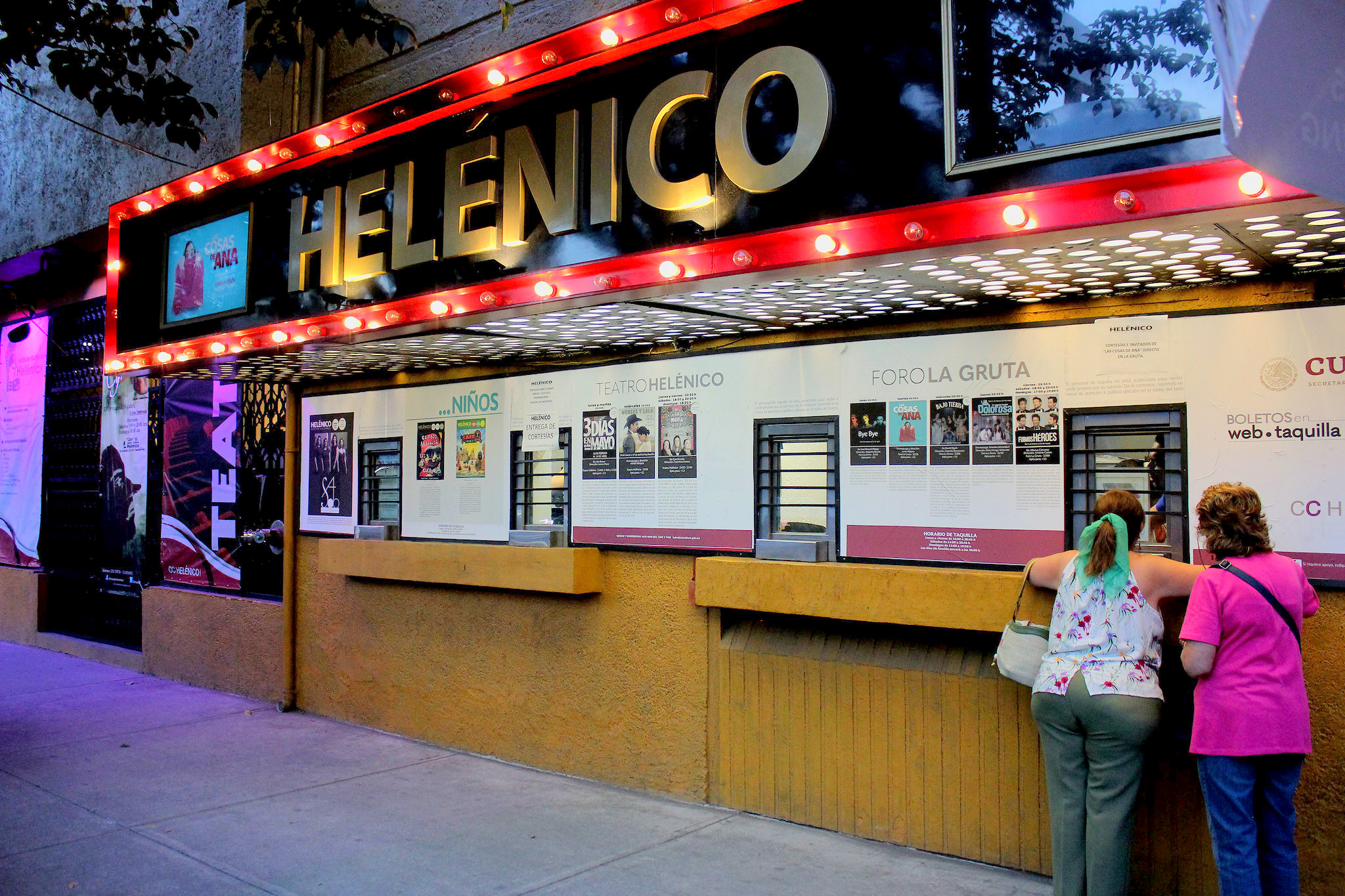

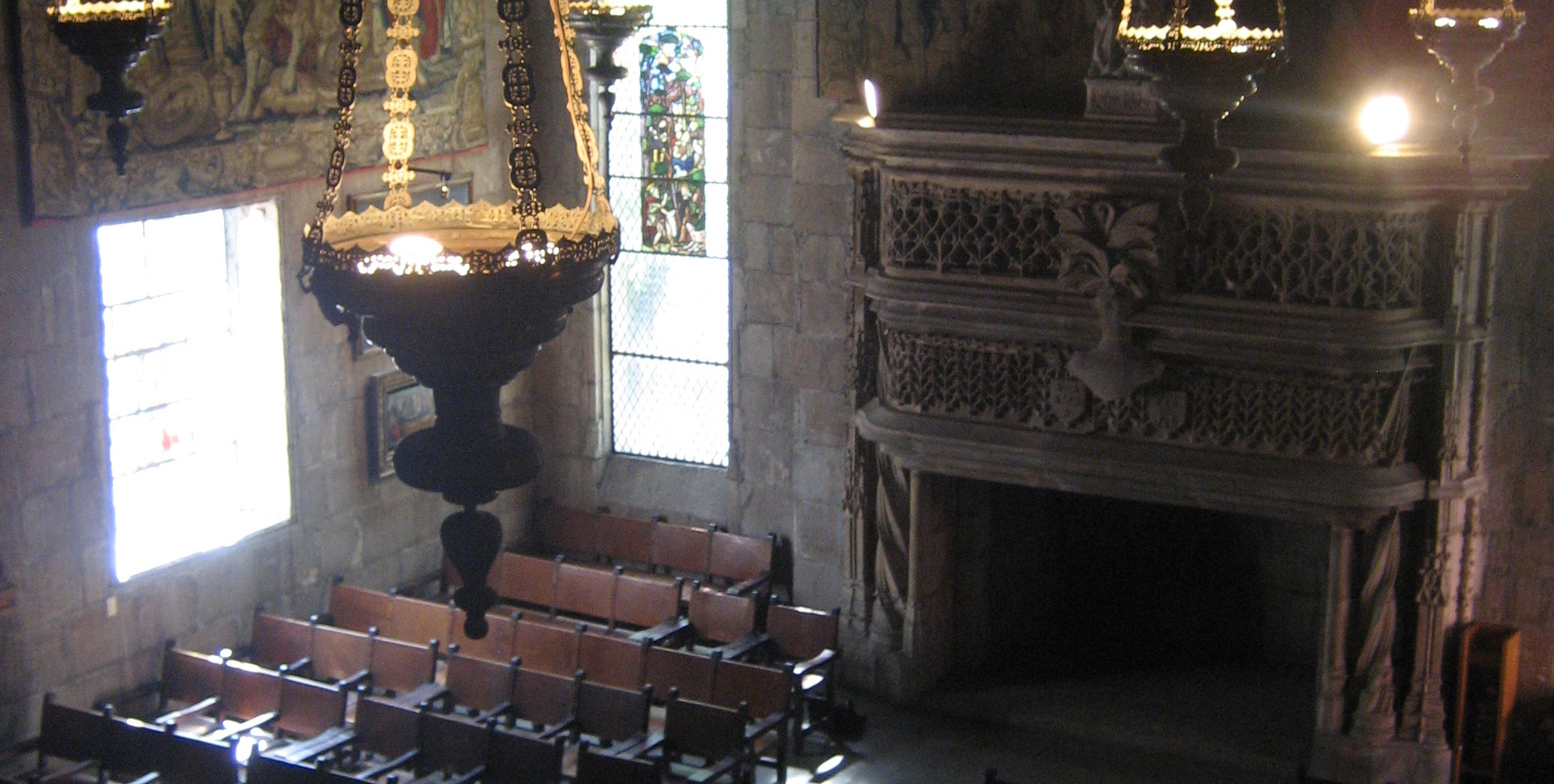
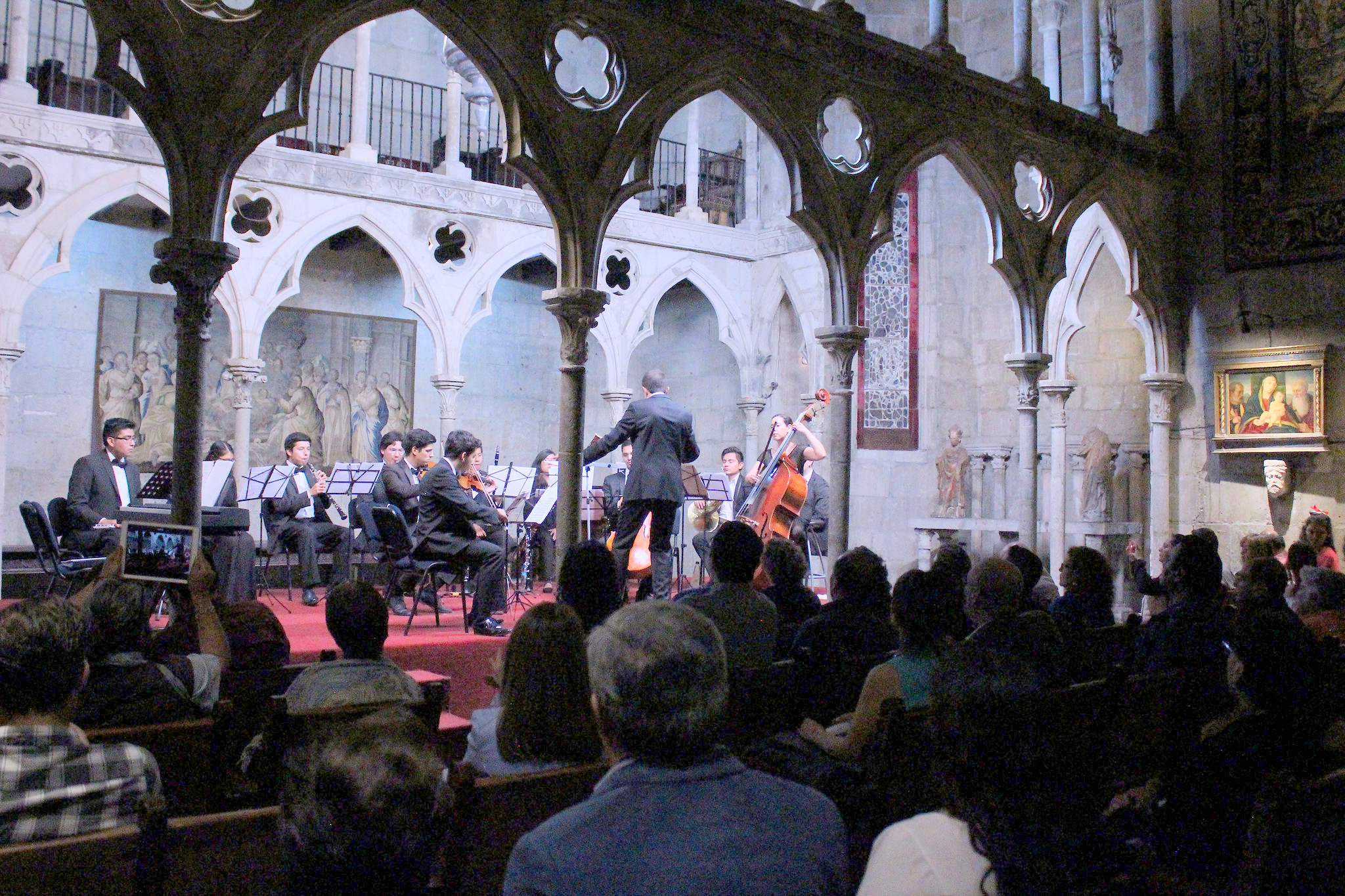
The Instituto Cultural Helénico is a major cultural center, performance space, and educational center. On the grounds, in addition to the institute itself, are the Centro Cultural Helénico and the Teatro Helénico, with the main marquee facing the Avenida Revolución. It’s among the most important stages in the area.
The institute dates from 1973 when it founded by Greek Orthodox Bishop Pablo de Ballester. He intended the institute to meet the cultural and educational needs of the population. Today, the institute offers undergraduate and graduate degrees in Art and Art History, Mexican History, Humanism and Museum Studies. City Residents know the Hellenic Center far more for the concerts, theater performances, exhibitions, and lectures. It’s a continual hive of activity.
The complex dates from the mid-20th century when businessman and collector Nicolás González Jáuregui purchased the 14th-century Gothic Chapel and 12th-century Romanesque Cloister from a warehouse in New York. The crated works had been earlier purchased by William Randolph Hearst who had the building dismantled and shipped from Spain. Later, a 16th-century coffered ceiling from Andalusia was combined with a 17th-century Baroque door frame from Guanajuato. In 1954, all these pieces were shipped to Mexico City.
The ensemble was then re-assembled by architect Luis Ortiz Macedo to become González Jáuregui’s home. His vast collections of stained glass, bronze, and works by Murillo and Giovanni Bellini needed a proper setting.
But in 1973, the González Jáuregui-Rivas family fell on hard times. By 1979, the government donated the entire former estate to the Hellenic Cultural Institute. Since then, it has grown into one of the City’s most important and influential cultural organizations. The theater space was added during the 1990s, and today, it’s accompanied by a bookstore and café.
Hours: Monday through Friday, 9 a.m. to 7 p.m.
 contacto@helenico.edu.mx
contacto@helenico.edu.mx
 +52 (55) 5662 1542
+52 (55) 5662 1542
 https://helenico.edu.mx/
https://helenico.edu.mx/

An exciting cultural center devoted to music, theater, technology, and art.
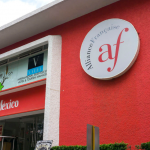
A vibrant cultural and language center in a treelined corner of Chimalistac . . .
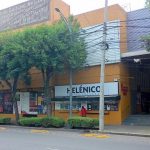
One of Mexico City's most strident theatrical stages . . .

One of the Avenida Revolución's handy shopping centers and commercial plazas . . .
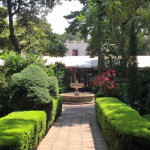
A top restaurant in a historic hacienda and a stunning surrounding neighborhood . . .